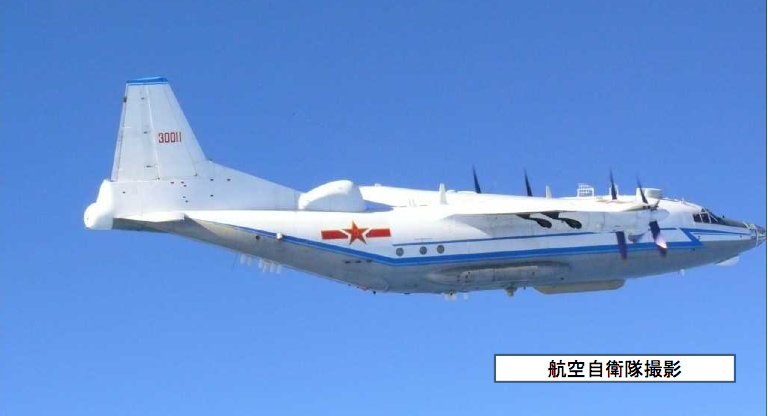Beginning on Nov. 23, China has established an Air Defense Identification Zone (ADIZ) over a chunk of the East China Sea, that covers the islands (Senkaku for the Japanese and Diaoyu for the Chinese) that being claimed by Japan have been a source of growing tension between the countries.
And, above all, the new ADIZ overlaps a similar existing one established by Tokyo much earlier.
On the first day of existence, the ADIZ was patrolled by PLAAF (People’s Liberation Army Air Force) planes and AEW (Airborne Early Warning) aircraft. And two aircraft, including a Tu-154 and a Y-8 were intercepted by the JASDF (Japan Air Self Defense Force) fighter jets.
Xinhua News Agency has published the whole announcement of the aircraft indentification rules within the new ADIZ released by the Ministry of National Defense:
The Ministry of National Defense of the People’s Republic of China, in accordance with the Statement by the Government of the People’s Republic of China on Establishing the East China Sea Air Defense Identification Zone, now announces the Aircraft Identification Rules for the East China Sea Air Defense Identification Zone as follows:
First, aircraft flying in the East China Sea Air Defense Identification Zone must abide by these rules.
Second, aircraft flying in the East China Sea Air Defense Identification Zone must provide the following means of identification:
1. Flight plan identification. Aircraft flying in the East China Sea Air Defense Identification Zone should report the flight plans to the Ministry of Foreign Affairs of the People’s Republic of China or the Civil Aviation Administration of China.
2. Radio identification. Aircraft flying in the East China Sea Air Defense Identification Zone must maintain the two-way radio communications, and respond in a timely and accurate manner to the identification inquiries from the administrative organ of the East China Sea Air Defense Identification Zone or the unit authorized by the organ.
3. Transponder identification. Aircraft flying in the East China Sea Air Defense Identification Zone, if equipped with the secondary radar transponder, should keep the transponder working throughout the entire course.
4. Logo identification. Aircraft flying in the East China Sea Air Defense Identification Zone must clearly mark their nationalities and the logo of their registration identification in accordance with related international treaties.
Third, aircraft flying in the East China Sea Air Defense Identification Zone should follow the instructions of the administrative organ of the East China Sea Air Defense Identification Zone or the unit authorized by the organ. China’s armed forces will adopt defensive emergency measures to respond to aircraft that do not cooperate in the identification or refuse to follow the instructions.
Fourth, the Ministry of National Defense of the People’s Republic of China is the administrative organ of the East China Sea Air Defense Identification Zone.
Fifth, the Ministry of National Defense of the People’s Republic of China is responsible for the explanation of these rules.
Sixth, these rules will come into force at 10 a.m. November 23, 2013.
There are other ADIZs around the world, including one around Canada and U.S extending well beyond the 12NM of national sovereign airspace. However nations can’t claim sovereignity over the whole ADIZs; these are established for security purposes and all aircraft entering inside these special airspaces will be closely monitored and intercepted (if they fail to comply with the rules set for the ADIZ).
Concern around China’s ADIZ is that the presence of many warplanes flying around the disputed islands may not only lead to an interception, but spark a full scale conflict.
The blue line in the following image (credit Alert5.com) shows the boundary of the Japanese ADIZ.
Image credit: Japan MoD/Xinhua/Alert5


















